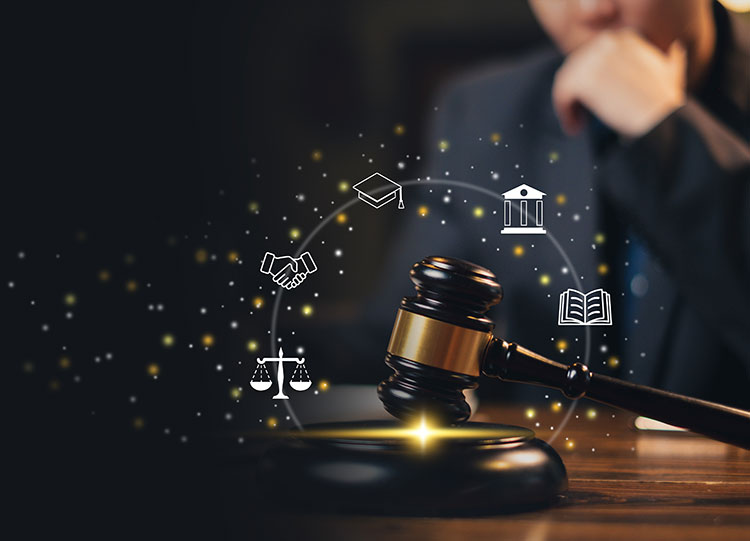Courtroom Illustration in Modern Legal Practice
Courtroom Illustration in Modern Legal Practice
Blog Article

As courtroom communication evolves, visuals have become central. Legal teams increasingly use illustration to explain events, scenes, and processes. Companies like LawFX are at the forefront of this visual legal revolution.
Legal Illustration: Explained
Unlike media sketches, these visuals aim to explain—not just depict—key scenes or events from a case. From car wrecks to faulty product usage, illustrations offer clarity for non-expert audiences. Every image they produce is both court-admissible and strategically impactful.
The LawFX Approach to Legal Illustration
Their illustrations are custom-built after consulting with lawyers, witnesses, and experts. Whether for trial, mediation, or depositions, their visuals enhance legal messaging across courtroom illustration expert witness the board.
Benefits of Visual Aids in Court
Jurors often retain images far better than spoken copyright. An effective illustration can support or even replace lengthy explanations. This improves juror retention and creates stronger emotional impact during trial.
Courtroom Illustration and Legal Graphics—What’s the Difference?
Trial graphics often include text, timelines, or bullet-point summaries. Illustrations, by contrast, depict scenes or injuries to tell a visual story.
Attorneys and Professionals Who Benefit from Trial Illustration
Litigation consultants recommend illustrations to anchor complex arguments. LawFX also serves mediators and arbitration teams seeking visual clarity during settlement talks.
Where Trial Illustrations Make a Difference
Jurors can see what happened instead of just hearing it. Medical cases especially require diagrams of anatomy, procedures, or diagnostic errors.
From Concept to Courtroom: LawFX’s Workflow
Next, they collect evidence, photos, expert reports, and medical records. Revisions are made until a final court-ready visual is produced. This collaborative method ensures that every visual is effective, precise, and courtroom-approved.
Improving Jury Comprehension with Art
Illustrations bridge the knowledge gap and reduce confusion. This translates into better-informed deliberations and stronger cases overall.
Standards for Courtroom Illustration
They collaborate with experts to confirm that each illustration reflects actual evidence. Avoiding exaggeration or misleading design ensures their work withstands scrutiny and contributes to trial success.
Visual Aids for Negotiation
Beyond the courtroom, visuals are powerful tools in pre-trial negotiations. Attorneys use them to influence settlement terms or simplify complex arguments during mediation.
Common Questions About Legal Illustration
What visuals do you create? Courtroom illustrations, trial graphics, 3D models, and digital presentations.
Are they admissible? Yes—they meet evidentiary standards and are reviewed with experts.
What’s the difference between illustrations and trial graphics? Graphics show data; illustrations show events or scenes.
Where can they be used? In court, settlement, depositions, and mediation.
How long does it take? Simple visuals take days, complex ones may take 1–2 weeks.
Final Thoughts
They’re no longer optional—they’re essential. For persuasive, professional visuals that tell your story—LawFX delivers.
Report this page